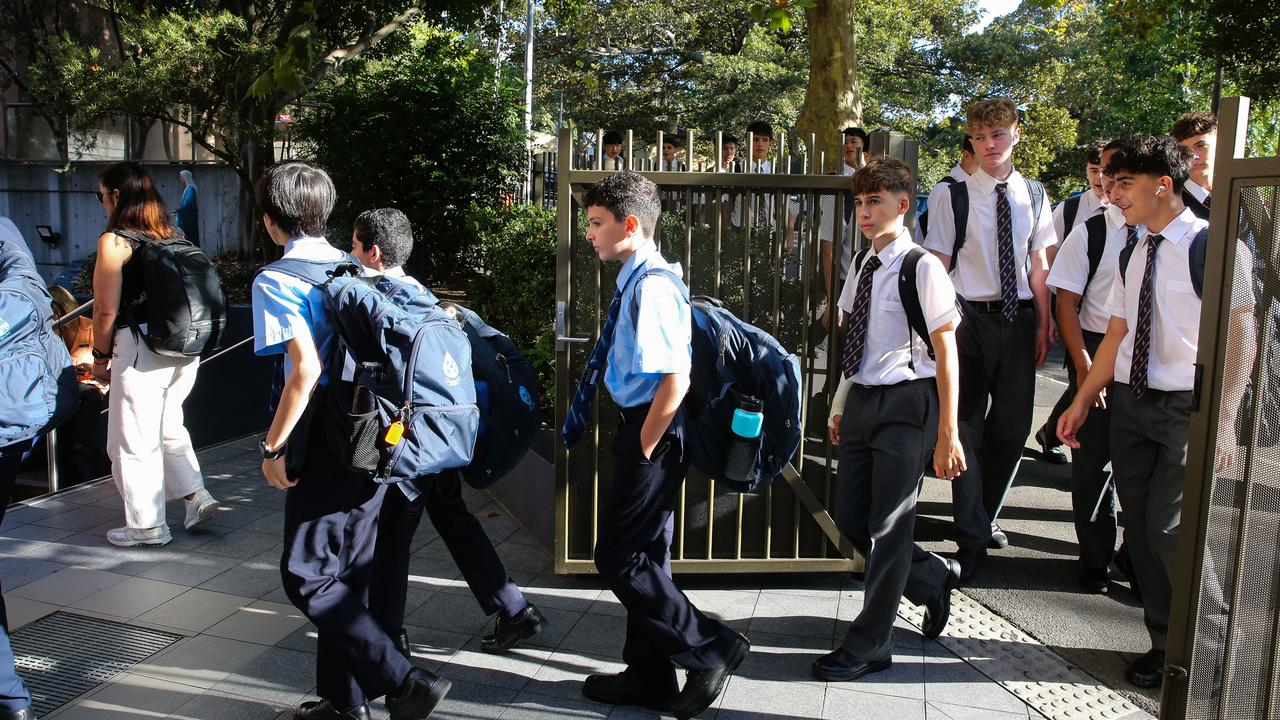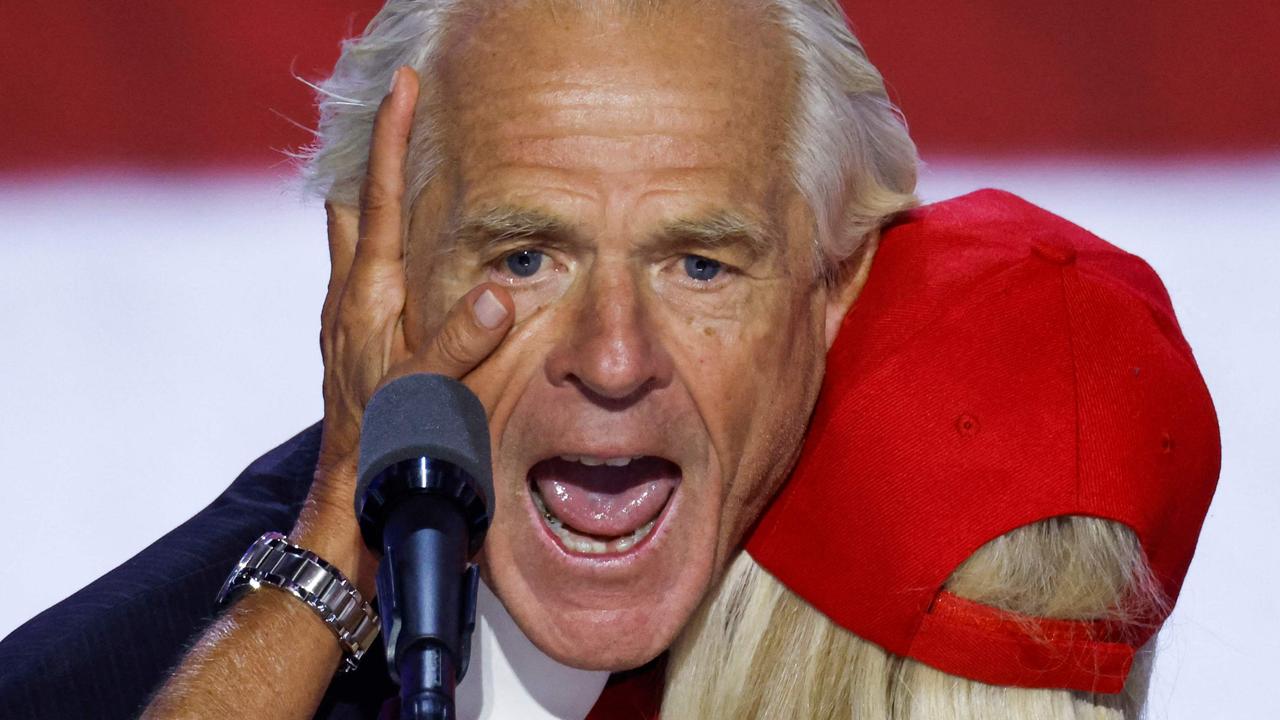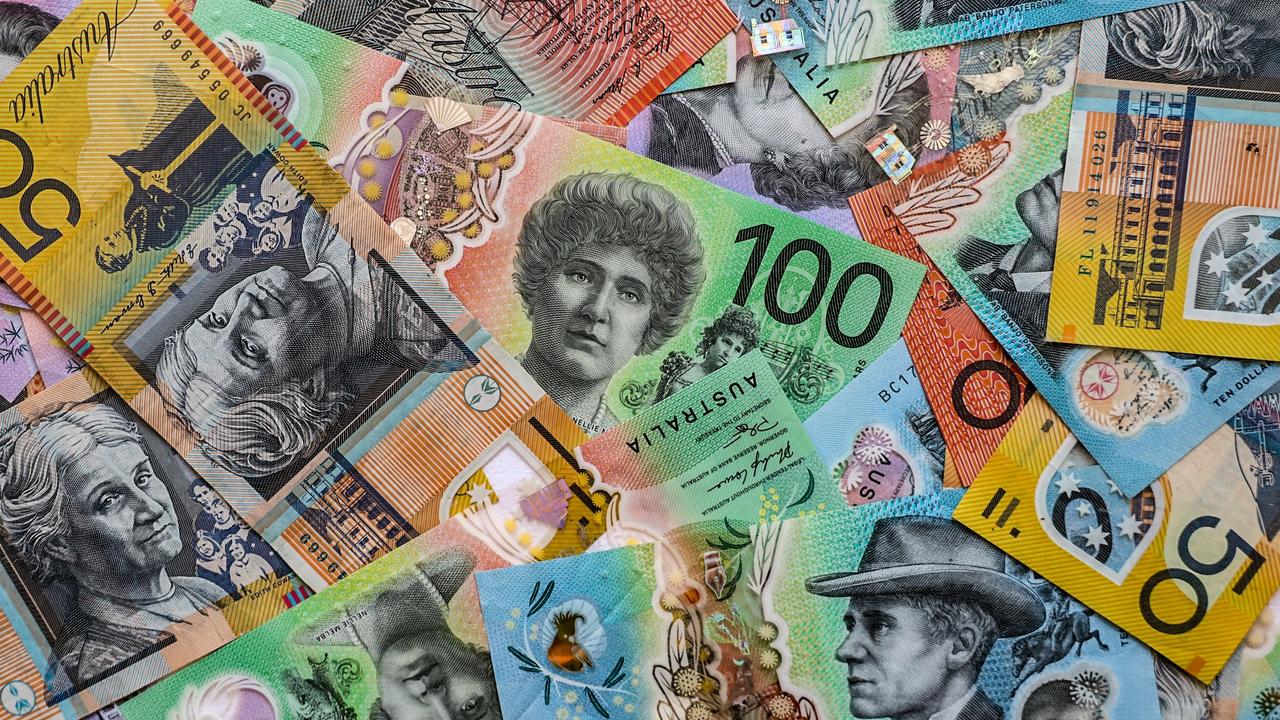Australia’s economic update: Fallout from big budget blowout
Australia has accumulated billions in economic debt amid the grim coronavirus crisis. This is how long it’s going to take to pay it back.
The government’s speedy response to the economic fallout of the coronavirus pandemic has driven a “rapid increase in borrowings”.
They’re borrowings the country will take “many years to repay”.
“Australians know there is no money tree,” Treasurer Josh Frydenberg said in a grim economic outlook statement in parliament today, on a day when he was supposed to be spruiking a Federal Budget surplus.
“What we borrow today we must repay in the future.”
Mr Frydenberg outlined how Treasury was forecasting GDP to fall by more than 10 per cent in the June quarter “which would represent our biggest fall on record”.
“At $50 billion, this is a loss equivalent to the total quarterly production of South Australia, Tasmania, the Northern Territory and the ACT,” the treasurer said.
Mr Frydenberg said the Treasury estimates around the economic benefits of lifting restrictions will add $9.4 billion back to GDP per month and restore 850,000 jobs.
But if we go backwards, it would cost us dearly, hitting the NSW economy alone $1.4 billion a week.
He said failing to follow health advice could cost $4 billion a week to the economy.
“The economic benefits are only realised if Australians continue to follow the health advice and download the app,” he said.
RELATED: Treasurer in isolation after long coughing fit
RELATED: Follow all of our coronavirus coverage

The total value of government debt has jumped by more than $50 billion thanks to coronavirus-related spending: from $560 billion to $618 billion.
Mr Frydenberg said the pandemic had triggered a “health and economic shock the likes of which the world has never seen”.
The treasurer said higher taxes were not the path to paying back the massive pile of debt because tax hikes hurt “aspiration and investment”.
Amid the pandemic, Australia received the “largest and fastest injection of economic support” the country has ever seen.
Already $25 billion has flowed to households and businesses over the past month and there’s another $30 billion on the way in the month ahead.
In the post-COVID reform effort, he said the government would focus on “practical solutions” such as reskilling and upskilling the workforce, keeping up the $100 billion pipeline of infrastructure spending, cutting red tape, and tax and IR reforms.
“Our measures are working by protecting lives and livelihoods,” he said.
“We can be confident about our future. The virus will not defeat us.
“We must stay strong, we must stay together. The fighting Australian spirit will see us get through this and help us to get to the other side.”
Opposition treasury spokesman Jim Chalmers later asked Mr Frydenberg when Australia’s gross debt would start to decline.
Mr Frydenberg said he was unable to provide that forecast – as would often happen in a federal budget – due to economic uncertainty.
“The reality is there’s great uncertainty in the economic environment, and therefore, when it comes to forecasts about debt, when it comes to forecasts about unemployment, we make those on budget night,” he said.
The federal budget was due to be handed down today, but has now been pushed back to October due to the pandemic.




